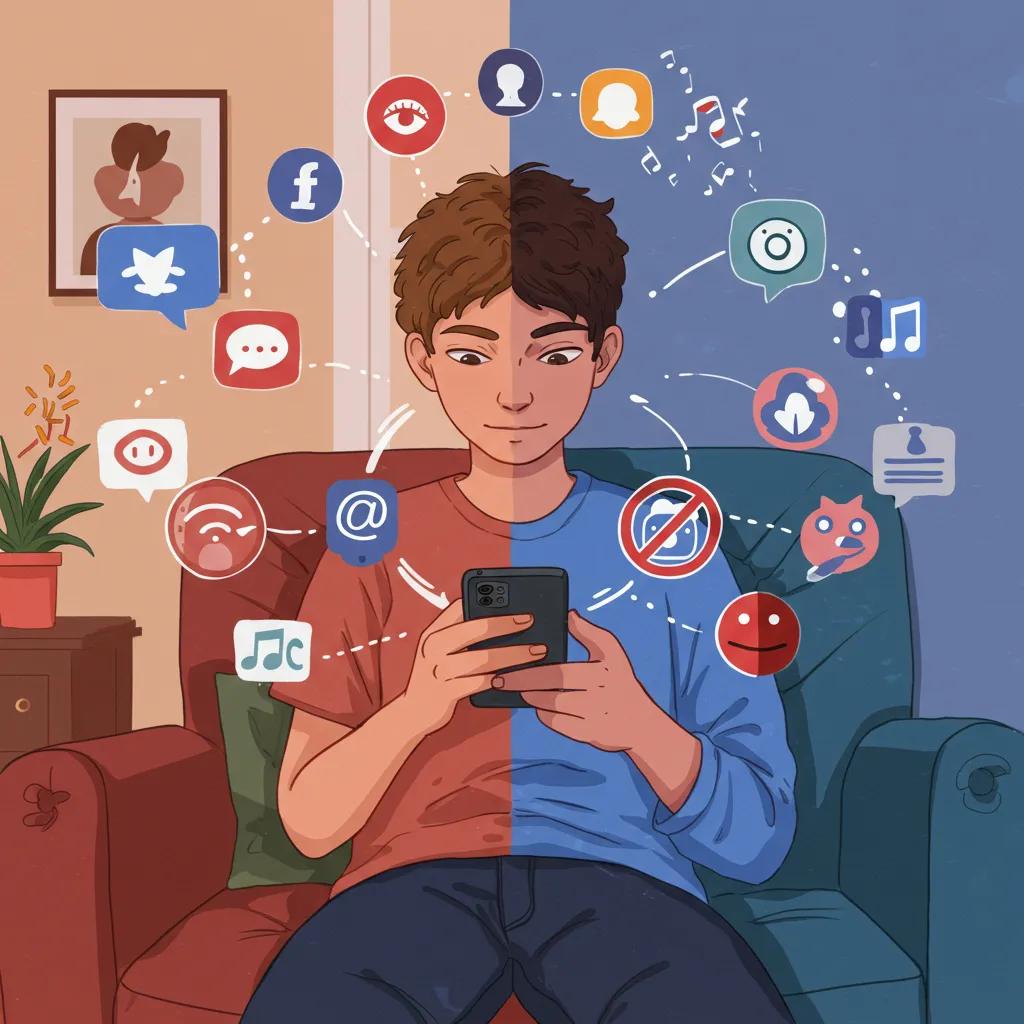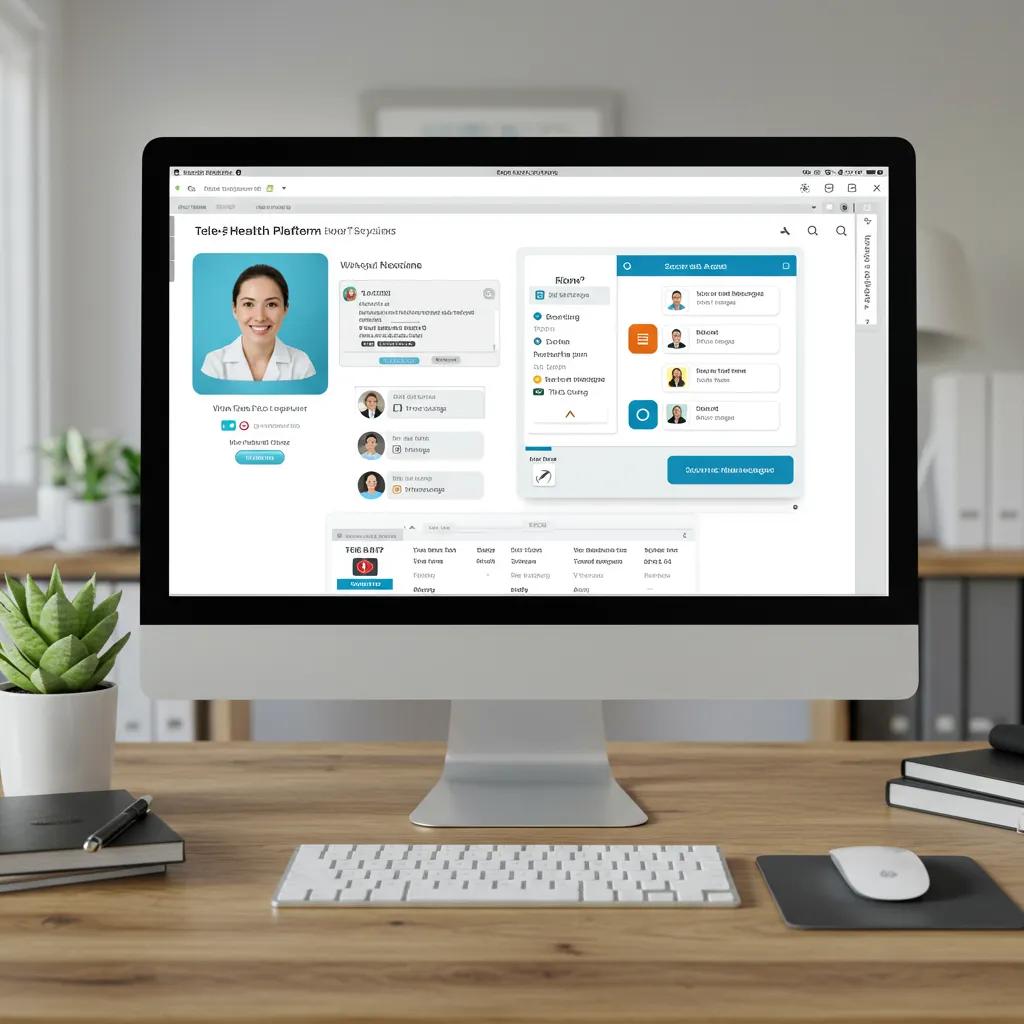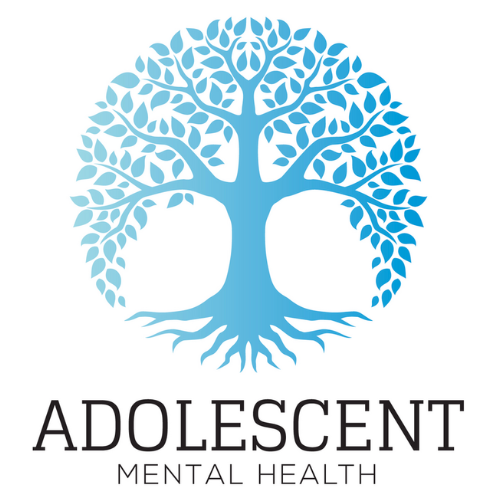Teen Therapy Trends: What’s New in 2025? Exploring Adolescent Mental Health and Virtual Treatment Innovations
Teenagers now face a mental health landscape marked by rising anxiety, depression, and digital stressors, yet 2025 brings fresh opportunities through virtual therapy innovations. This article maps the key trends reshaping adolescent mental health care—including shifting prevalence rates, essential telehealth features, emerging therapies, supportive strategies for families and schools, and criteria for selecting the right online program. By understanding these developments and how specialized virtual mental health programs deliver evidence-based treatment, parents, educators, and healthcare providers can guide teens toward timely, effective support.
What Are the Key Adolescent Mental Health Trends in 2025?
Adolescent mental health in 2025 is characterized by higher rates of mood disorders, intensified by digital influences and post-pandemic stress, driving early intervention and resilience-building initiatives.
How Are Anxiety and Depression Rates Changing Among Teens?
Anxiety and depression are climbing among 10-19-year-olds due to academic pressures and social comparisons, prompting expansion of screening programs that improve early detection. Recent data show nearly 20 percent of U.S. teens screening positive for depression, with anxiety diagnoses rising by 15 percent over two years. These trends highlight the need for accessible support services and seamless care transitions for youth.
Adolescent Depression and Anxiety Trends in the U.S.
Recent data from the National Center for Health Statistics indicates that 19.2% of U.S. adolescents aged 12-19 reported symptoms of depression in the past two weeks, representing the highest recorded prevalence. Concurrently, studies show that 20-21% of American teenagers experienced anxiety symptoms in the past two weeks, with overall rates of anxiety and depression among youth continuing to rise significantly.
This research directly supports the article’s claims regarding the high and increasing prevalence of depression and anxiety among U.S. teenagers in 2025.
What Impact Does Social Media Have on Teen Mental Health?

Social media exerts both negative and positive influences on adolescent well-being by shaping peer comparison and community support, leading platforms to integrate wellness features that reduce cyberbullying.
Heavy use correlates with double the risk of anxiety, yet moderated engagement fosters peer-led support groups and mental health challenges that build coping skills.
Impact of Social Media on Teen Mental Health
A research study focusing on American teens aged 12-15 revealed a significant correlation between heavy social media use and negative mental health outcomes. Those who spent over three hours daily on social media platforms faced twice the risk of experiencing symptoms of depression and anxiety.
This citation verifies the article’s statement about the increased risk of anxiety associated with heavy social media use among adolescents.
How Are Post-Pandemic Challenges Affecting Youth Well-being?
Lingering effects of remote learning, social isolation, and family financial strain continue to affect teen resilience by disrupting routines and emotional regulation, spurring schools to expand trauma-informed practices. As adolescents process collective grief and uncertainty, community programs increasingly emphasize coping skills and peer connection to restore stability.
Why Is Virtual Therapy Becoming Essential for Teens in 2025?
Virtual therapy provides evidence-based care through digital channels, enhancing reach and reducing barriers for adolescents who juggle school, activities, and shifting schedules.
How Effective Is Online Counseling for Adolescent Anxiety and Depression?
Online counseling matches in-person outcomes by delivering tailored cognitive and behavioral interventions, improving symptom reduction through consistent engagement. Studies show 90+ percent teen satisfaction and measurable declines in anxiety scores. Reliable telehealth connections ensure continuity of care for remote or underserved families.
Efficacy and Satisfaction with Virtual Therapy for Adolescents
Studies on online counseling for adolescents demonstrate high levels of patient satisfaction, with reports indicating that 95% of participants were satisfied with virtual treatment. Furthermore, a 2023 meta-analysis confirmed that internet-based cognitive behavioral therapy (ICBT) significantly reduces both depressive and anxiety symptoms in adolescents.
This research supports the article’s assertion that virtual therapy is effective and well-received by teenagers, showing measurable declines in symptoms and high satisfaction rates.
What Features Define Leading Telehealth Platforms for Teen Therapy?

Top telehealth platforms integrate live video, secure messaging, and interactive tools to support teen engagement and parental collaboration.
| Platform Component | Attribute | Benefit |
|---|---|---|
| Live Video | Real-time interaction | Builds rapport and maintains treatment fidelity |
| Secure Messaging | Encrypted text support | Enables ongoing check-ins and crisis response |
| Interactive Modules | Gamified skill-building | Increases motivation and tracks progress |
These features set the standard for accessible, youth-friendly virtual mental health services and prepare the way for advanced AI-driven tools.
What Innovative Therapeutic Approaches Are Emerging for Teens?
New adolescent-focused methods combine proven psychotherapy with technology and holistic modalities to enhance engagement and outcomes.
How Are Advanced CBT Techniques Adapted for Adolescents?
Advanced CBT for teens integrates multimedia exercises, digital thought records, and mobile reminders to reinforce cognitive restructuring in daily life. Key techniques include cognitive reframing, behavioral experiments, and guided journaling modules that teens complete between sessions, fostering stronger resilience.
What Role Does Dialectical Behavior Therapy (DBT) Play in Teen Emotional Regulation?
DBT equips adolescents with mindfulness, distress tolerance, emotion regulation, and interpersonal effectiveness skills, adapting group and individual formats to virtual settings. These core skills reduce self-harm urges and improve crisis management by teaching concrete coping strategies in real time.
Which Holistic and Integrative Therapies Support Teen Mental Health?
Holistic approaches combine expressive arts, yoga-informed practices, and neurofeedback to address mind-body connections and foster self-awareness.
- Expressive Arts Therapy encourages teens to process emotions through drawing, music, or movement.
- Mind-body Techniques like guided breathing and gentle yoga promote neurochemical balance.
- Neurofeedback sessions teach self-regulation by visualizing brainwave patterns.
Integrative therapies complement traditional talk therapy by offering creative and physiological pathways to emotional wellness.
How Can Parents and Educators Support Teen Mental Health in 2025?
Empowering caregivers and schools to recognize risks and implement early supports strengthens protective networks that buffer against escalating symptoms.
What Signs Should Parents Watch for in Teen Mental Health?
Key warning signs include persistent sadness, social withdrawal, changes in sleep or appetite, and increased irritability.
- Noticeable mood swings lasting weeks.
- Avoidance of friends or activities once enjoyed.
- Difficulty concentrating on school tasks.
Monitoring these indicators enables prompt conversation and connection to professional resources.
How Are Schools and Community Programs Enhancing Youth Support?
Schools are embedding mental health first aid into curricula and training staff in trauma-informed responses, while community centers offer peer-led support groups and skill-building workshops. These initiatives normalize help-seeking and integrate wellness into daily routines.
How Do You Choose the Right Virtual Therapy Program for Your Teen?
Selecting a virtual therapy program involves assessing provider credentials, platform capabilities, and a secure environment to ensure quality care.
What Qualifications and Features Should Virtual Therapy Providers Have?
Look for licensed child and adolescent specialists, offering evidence-based modalities and youth-focused resources:
- Credentialed therapists with adolescent expertise
- Interactive digital tools for homework and skill practice
- Flexible scheduling and family check-in options
This checklist guarantees a comprehensive program tailored to adolescent needs.
How Does Privacy and Security Affect Online Teen Therapy?
Robust privacy measures—HIPAA-compliant platforms, encrypted video sessions, and clear confidentiality policies—protect teen disclosures and build trust. Secure environments encourage honest dialogue and safeguard sensitive information.
Conclusion
Adolescent mental health in 2025 demands innovative, accessible solutions that address rising mood disorders, digital stressors, and post-pandemic challenges. Virtual therapy’s proven efficacy, combined with cutting-edge CBT, DBT adaptations, holistic practices, and strong family-school partnerships, forms a comprehensive support network. By choosing qualified, secure telehealth programs, caregivers empower teens to navigate emotional hurdles and build enduring resilience for a healthier future.








